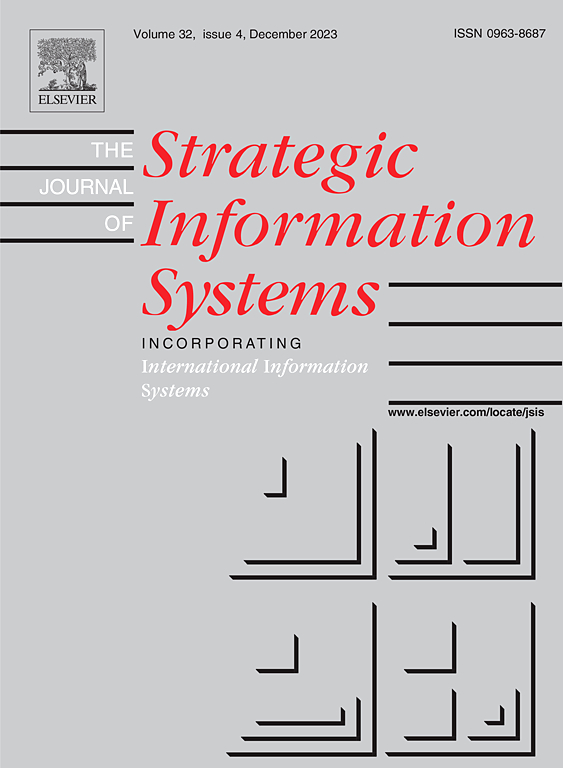Enumerating seating arrangements that obey social distancing
IF 0.6
4区 数学
Q4 COMPUTER SCIENCE, THEORY & METHODS
引用次数: 0
Abstract
We illustrate the power of symbolic computation and experimental mathematics by investigating maximal seating arrangements, either on a line, or in a rectangular auditorium with a fixed number of columns but an arbitrary number of rows, that obey any prescribed set of ‘social distancing’ restrictions. In addition to enumeration, we study the statistical distribution of the density, and give simulation algorithms for generating them.
列举符合社会距离的座位安排
我们通过研究最大座位安排来说明符号计算和实验数学的威力,无论是在一条线上,还是在具有固定列数但任意行数的矩形礼堂中,这些座位安排都符合任何规定的 "社会距离 "限制。除了枚举之外,我们还研究了密度的统计分布,并给出了生成密度的模拟算法。
本文章由计算机程序翻译,如有差异,请以英文原文为准。
求助全文
约1分钟内获得全文
求助全文
来源期刊

Journal of Symbolic Computation
工程技术-计算机:理论方法
CiteScore
2.10
自引率
14.30%
发文量
75
审稿时长
142 days
期刊介绍:
An international journal, the Journal of Symbolic Computation, founded by Bruno Buchberger in 1985, is directed to mathematicians and computer scientists who have a particular interest in symbolic computation. The journal provides a forum for research in the algorithmic treatment of all types of symbolic objects: objects in formal languages (terms, formulas, programs); algebraic objects (elements in basic number domains, polynomials, residue classes, etc.); and geometrical objects.
It is the explicit goal of the journal to promote the integration of symbolic computation by establishing one common avenue of communication for researchers working in the different subareas. It is also important that the algorithmic achievements of these areas should be made available to the human problem-solver in integrated software systems for symbolic computation. To help this integration, the journal publishes invited tutorial surveys as well as Applications Letters and System Descriptions.
 求助内容:
求助内容: 应助结果提醒方式:
应助结果提醒方式:


